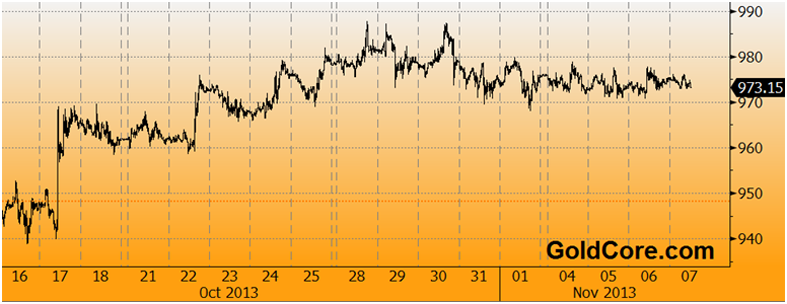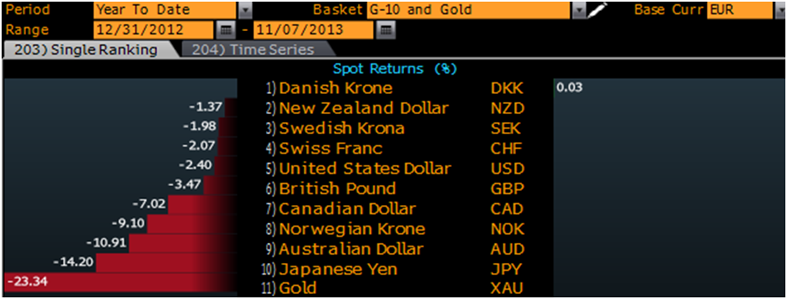 We probably should have seen it coming. After
We probably should have seen it coming. After
places like New York and California instituted trans fat bans, it
was only a matter of time until it went national. The Food and Drug
Administration is going to force food manufacturers to dump
artificial trans fats. Via the
Associated Press:
The FDA planned to announce Thursday it will require the food
industry to gradually phase out all trans fats, saying they are a
threat to people’s health. Commissioner Margaret Hamburg said the
move could prevent 20,000 heart attacks and 7,000 deaths each
year.Hamburg said that while the amount of trans fats in the
country’s diet has declined dramatically in the last decade, they
“remain an area of significant public health concern.” The trans
fats have long been criticized by nutritionists, and New York and
other local governments have banned them.The agency isn’t yet setting a timeline for the phase-out, but
it will collect comments for two months before officials determine
how long it will take. Different foods may have different
timelines, depending how easy it is to find a substitute.“We want to do it in a way that doesn’t unduly disrupt markets,”
says Michael Taylor, FDA’s deputy commissioner for foods. Still, he
says, the food “industry has demonstrated that it is by and large
feasible to do.”
If they don’t want to unduly disrupt markets they could always
just opt not to. As is typical of this sort of behavior, it’s going
to have a bigger impact on your neighborhood family-run bakery than
it will on big chains like Dunkin’ Donuts. Dunkin’ popped to mind
because they’re just now breaking into the California market, and
the local media is all over it right now.
Dunkin’ Donuts started voluntarily dumping trans fats in 2007,
which required them to reformulate more than 50 menu items. A big
chain like them can manage the transition just fine. But back when
California instituted a ban, some smaller bakeries
reported they’d have to raise prices as the ban both increased
production costs and also reduced shelf life of their goods. Back
around that same time a piece in The Atlantic explored
the challenges of replacing trans fats and noted the challenges for
certain types of baked goods.
Dunkin’ Donuts replaced their trans fats with saturated fats
(read their nutritional guide
here), which is another fat with a bad reputation. But in
October, a British medical journal argued that the
war on saturated fat was misguided, and it was being blamed for
heart problems that were likely being caused by carbs and
sugar.
The FDA acknowledges that trans fat consumption has already
dropped significantly in the past decade so mandating it is
necessary why exactly? The Associated Press notes:
Though they have been removed from many items, the fats are
still found in processed foods, including in some microwave
popcorns and frozen pizzas, refrigerated doughs, cookies and
ready-to-use frostings. They are also sometimes used by restaurants
that use the fats for frying. Many larger chains have phased them
out, but smaller restaurants may still get food containing trans
fats from suppliers.
It may end up being yet another barrier to entry for smaller
restaurants and producers to compete against established
chains.
More Reason on trans fat bans and other food police behavior
here.
If that’s not enough, Hank Hill can explain it
all for you.
from Hit & Run http://reason.com/blog/2013/11/07/start-hoarding-donuts-the-fda-is-banning
via IFTTT















 Growing
Growing